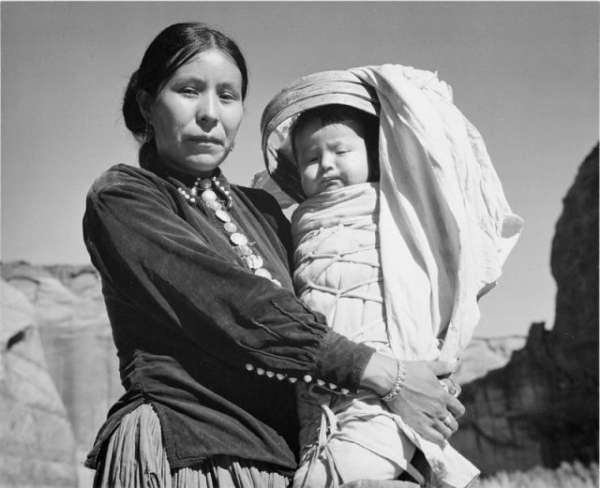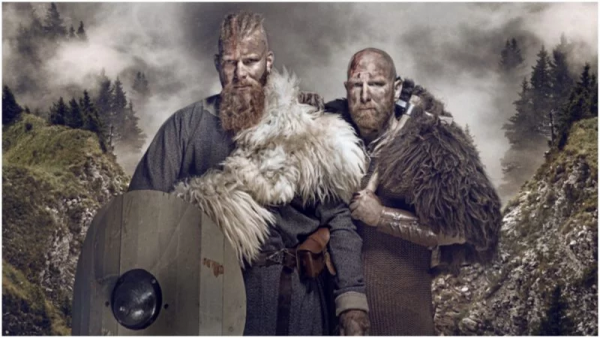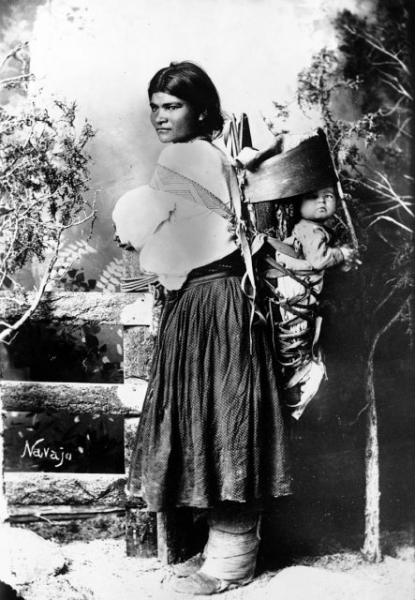Centuries Before Columbus, a Viking-Indian Child May Have Been Born in Iceland
Not all DNA is exactly same. Mitochondrial DNA is only passed from a mother to her children, and can sometimes reveal some unexpected things.
While it’s long been known that Vikings came to the New World centuries before Columbus was ever born, a report from National Geographic suggests that some Native Americans may have traveled home with them when they left.
Historical evidence strongly suggests that Vikings from Iceland arrived in Greenland around 1000 AD, then soon made their way to Canada. Some of them even started a settlement in Newfoundland which lasted for about a decade.
The truly remarkable thing is that mitochondrial DNA analysis showed that there are about 80 living Icelanders whose genetics show a particular maker that is usually found in Native Americans, a marker that dates from around 1000 AD. How does a modern Icelandic family end up with a DNA signature like that?

In 2010, a group of researchers did a study that suggested that the first Native Americans came to Europe roughly around the 11th century. The study was led by an Icelandic genetic research lab called deCODE, and those researchers were the ones who discovered the marker, which was present in only four family lines.
The marker lies in the mitochondrial DNA, and has been called C1e. National Geographic reported on the same study, saying that genetic examination showed that all the modern Icelanders who carry the Native American variant come from four families who were descended from four different women in the early 1700s. Each of those women could easily be descended from a single common mother, who was, herself, born no later than 1700.
It’s very difficult to trace the line farther back, since the records for the four family lines are much less complete before the 18th century, but the researchers who did the study certainly believe that both genetics and history suggest that the DNA line goes much farther back.

That idea is further supported by the fact that at least one of those four family lines contains a mutation which would only have developed over the course of centuries, suggesting it had been around for a while.
The presence of C1e strongly suggests that at least one Native American woman went to Iceland when the Vikings returned home. While she was there, she bore at least one child, passing her genetic code to her offspring.
Although that’s one of the most obvious theories about how it happened, it’s not the only one. Another theory is that those Native American genetics didn’t make their way to Iceland until after Columbus ‘discovered’ the New World.
It’s certainly possible that a woman came to Europe, making the trip with some European explorer, and eventually made her own way to Iceland.
That does seem considerably less likely than the first scenario, though, when you try to speculate about why this mysterious mother would choose to do so, especially when Iceland was still pretty cut off from the European continent at the time.
The only way for scientist to rule the idea out would be to find the remains of an Icelander who died before Columbus’s journey, but who still had the C1e marker.

Another issue is that the C1e could have come to Iceland from somewhere else entirely. Although the marker is most common among Native American, it can still be found in other places. C1e is also present in people in some parts of East Asia, and it’s been speculated that may be the region where Native Americans first had their genesis.
Interestingly, the Inuit population does not carry the C1e variant, even though Greenland has its own native Inuit population.
Finally, the genetic code found in the modern Icelandic families isn’t an exact match for any known living Native American group, although it isn’t a huge stretch to suppose that whatever people she came from died out over the last millennium.
Another Article From Us: Discovered 16,000-Year-Old Stone Artifacts in Idaho
While the research has yet to irrefutably establish the connection, it does offer exciting avenues to explore, and if it does become apparent fact that a Native American woman went to Iceland over 1,100 years ago, it will mean that history as we currently know it will have to be re-examined.





